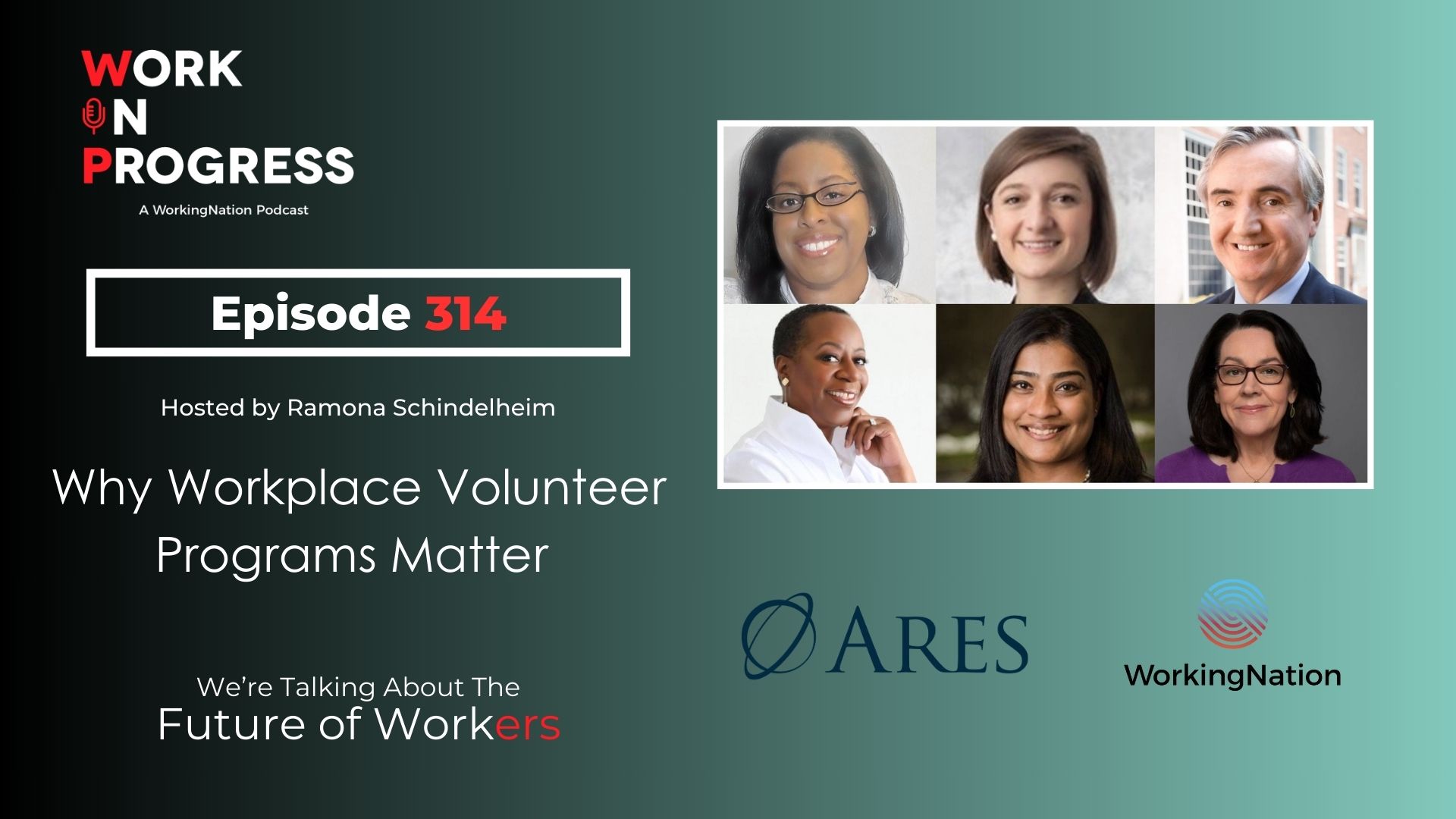
We all know that to adapt to the changing workforce, we are constantly going to need to learn new skills. However, if you’ve been doing the same thing for years, you might find that undertaking too daunting. Programmed learning may help you overcome that fear.
We’re finding that many non-digital natives are withdrawing from the job market because learning new skills is too distressing. They may think they are too old to compete with younger job seekers and give up before they even try. If that sounds like you or someone you know, I’m going to give you a quote that you’ve never heard before.
“If you give a person a fish, you feed them for a day. If you teach a person to fish, you feed them for a lifetime…”
I know what you’re thinking: “I’ve heard that one before, so what’s your point?”
I haven’t finished the quote. Here’s the last line:
“But if you teach a person to learn, you feed them for a lifetime, and they don’t have to just eat fish.”
That quote is from my friend and creator of The Inner Game, Tim Gallwey.
So, what is my point?
My point is that you probably jumped to the conclusion that you knew the quote before you read the last line. There is also a good chance that, out of nervousness, you jump to conclusions about other things too quickly.
One of the reasons you may fear learning new skills is that you are not able to focus and concentrate long enough to go through all the steps of acquiring one. Those steps include:
- Comprehension – Sometimes when you’re in a rush, you fail to comprehend or follow what you are reading.
- Understanding – If you race through the first step, you’re unlikely to understand what you are reading.
- Learning – This is where you make sense of it.
- Knowing – This is where you can come to a conclusion about it. You may have pieces of knowledge, but it’s unlikely that the pieces will seamlessly fit together so that when you run into a roadblock later, you can grind to a halt.
- Applying – Once you comprehend, understand and know, putting it into action is what cements your learning and causes you to “own” what you know.
- Re-evaluate and course correct – This is when you see if what you did worked as expected and, if it didn’t, where you adjust.
I’m guessing the above may make the process even more difficult, but don’t worry. Once you practice these steps, they become unconscious and second nature.
“Okay,” you’re thinking, “but what does this have to do with being afraid I can’t learn in the first place?”
Here’s the deal.
When I went to medical school, even though most medical students were good learners, there were two subjects that we often balked at. One was learning to read electrocardiograms (EKGs) and the other was learning neuroanatomy. Right out of the gate something was intimidating about learning what the squiggly lines on an EKG or all the parts of the brain meant.

There were two books that came to the rescue that nearly all medical students across the country read. The first was Rapid Interpretation of EKG’s by Dale Dubin, M.D., which I used in the 1970s. It went out of print in 2000 and, yet, it is still the No. 1 book in cardiology on Amazon. The second book was Sidman’s Neuroanatomy: A Programmed Learning Tool by Douglas Gould, Ph.D. and Jennifer Brueckner, Ph.D., last published in 2007 and the No. 4 neuroanatomy text on Amazon.
What was so special about these books?
Both books were examples of programmed learning. That meant that they would give you baby steps of information and have you repeat back exactly what you learned by using multiple statements and giving multiple choices about what you learned.
I believe one reason they worked was that they trained you piece-by-piece with information that fit together like Lego blocks. The repetition grounds the information into your mind until it’s firmly cemented in place.
I think the other and more noteworthy reason is that programmed learning is like having a dialogue with a very patient teacher, coach or mentor who doesn’t race ahead assuming you comprehend and understand something before you do.
There is something about feeling like we’re in a caring conversation with such a person that is calming and reassuring. That is what programmed learning feels like in your mind.
RELATED STORY: Upskill yourself: You can teach an “older” dog new tricks
When we’re anxious and having trouble concentrating, we can frequently read words and even comprehend them, but our minds can begin to glaze over the meaning behind what we are reading. That may explain the experiences that people have in trying to learn new things, finishing a few pages and still not understanding what they’ve read.
You can understand that experience by asking someone for directions. Now that we’re all dependent on GPS navigational apps, if someone told you more than three turns, it is unlikely you can hold on to that information.
What’s the takeaway from this?
As you’re reading a book regarding a new skill, get in the habit of imaging someone — such as a caring mentor or family member — asking you after you read each page, “What was the most important thing you just read? Why was it important?”
By doing that, you will be creating a dialogue between you and that imagined person. It is a way to inject a programmed learning technique into your life and may take away your anxiety about learning new things.
Join the Conversation: What skills have you always wanted to learn but couldn’t? Why? Tell us your story on our Facebook page.
Dr. Mark Goulston is an award-winning business psychiatrist, a consultant for Fortune 500 companies and the best-selling author of seven books. His latest, Talking to Crazy: How to Deal with Irrational and Irresponsible People in your Life can be found on Amazon. Catch up on Dr. Goulston’s previous articles here.
Connect with Dr. Goulston through Facebook, Twitter, or LinkedIn. His books are available on Amazon. Check out his videos on YouTube or take advantage of free resources available at www.markgoulston.com.











